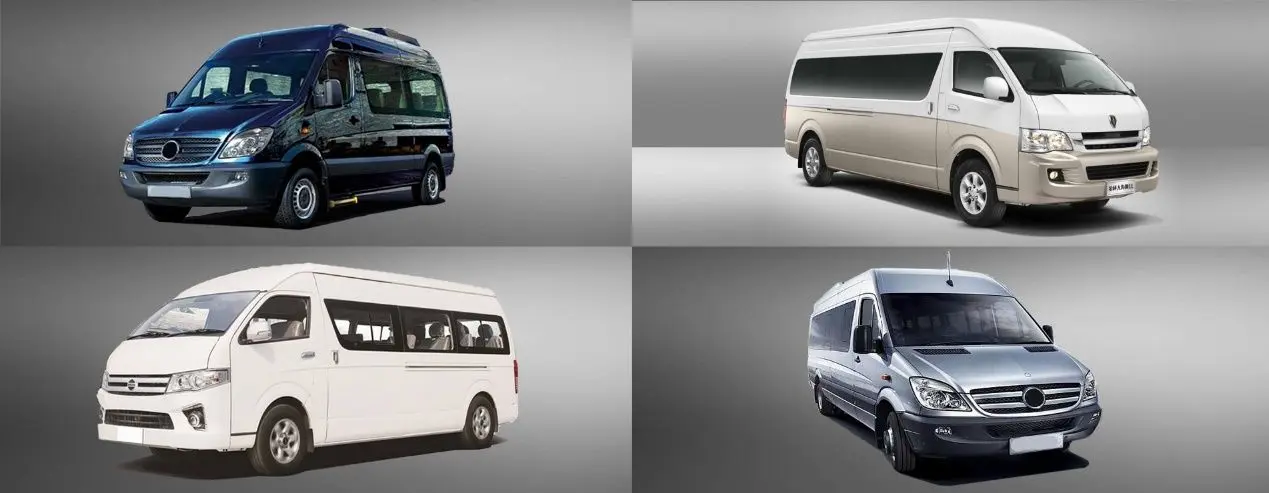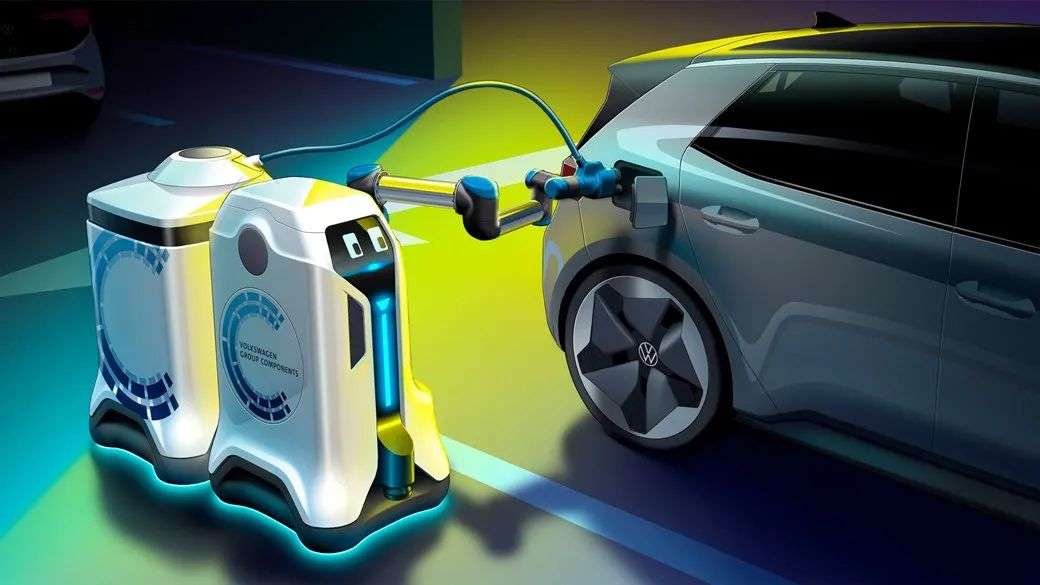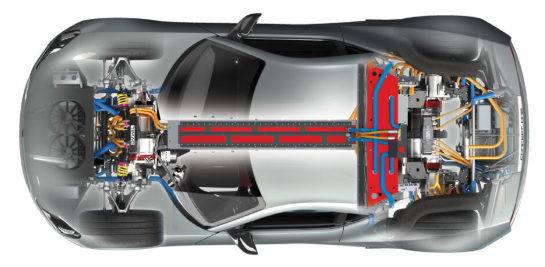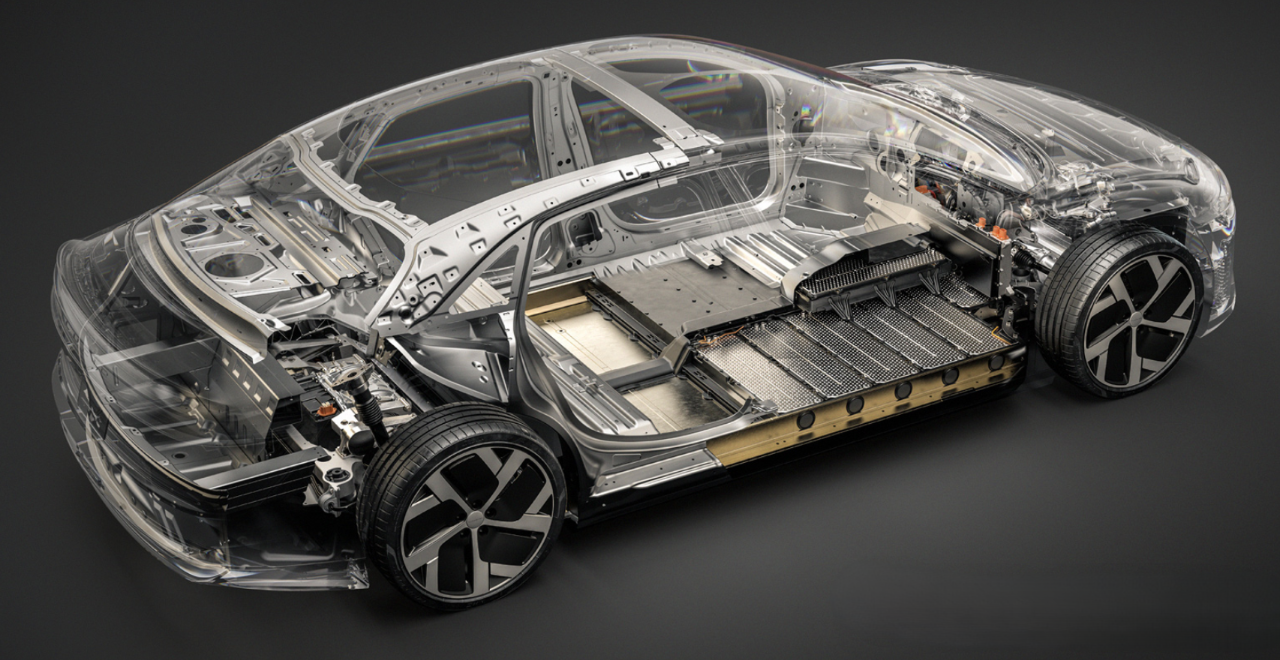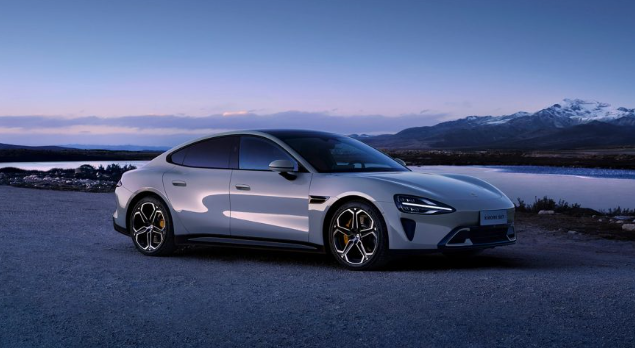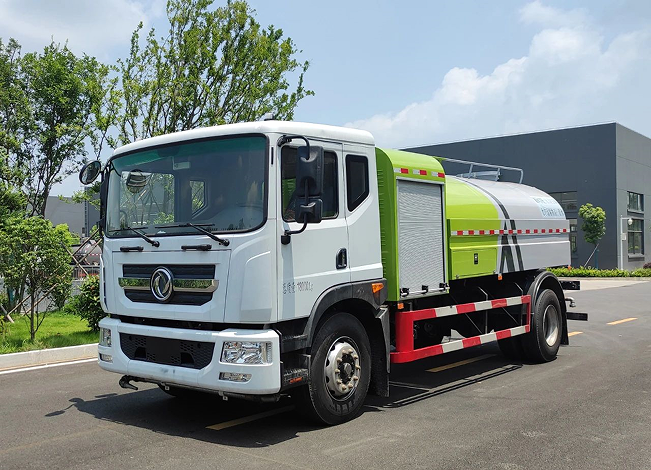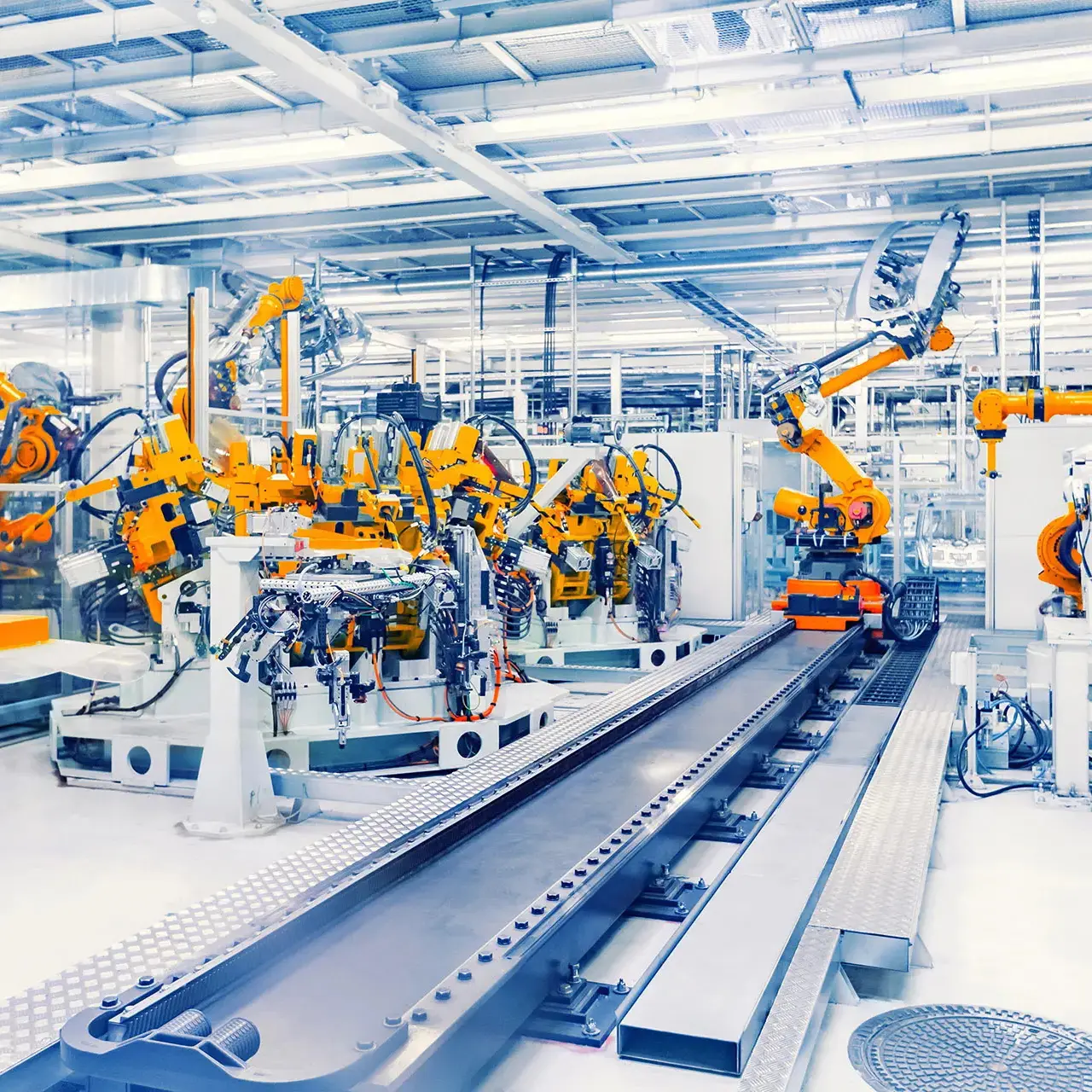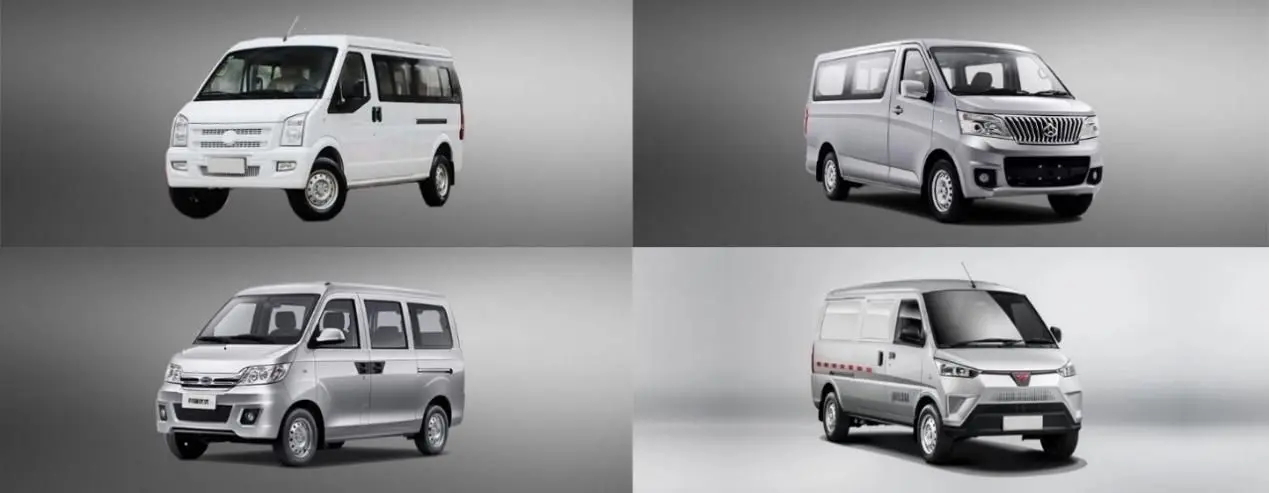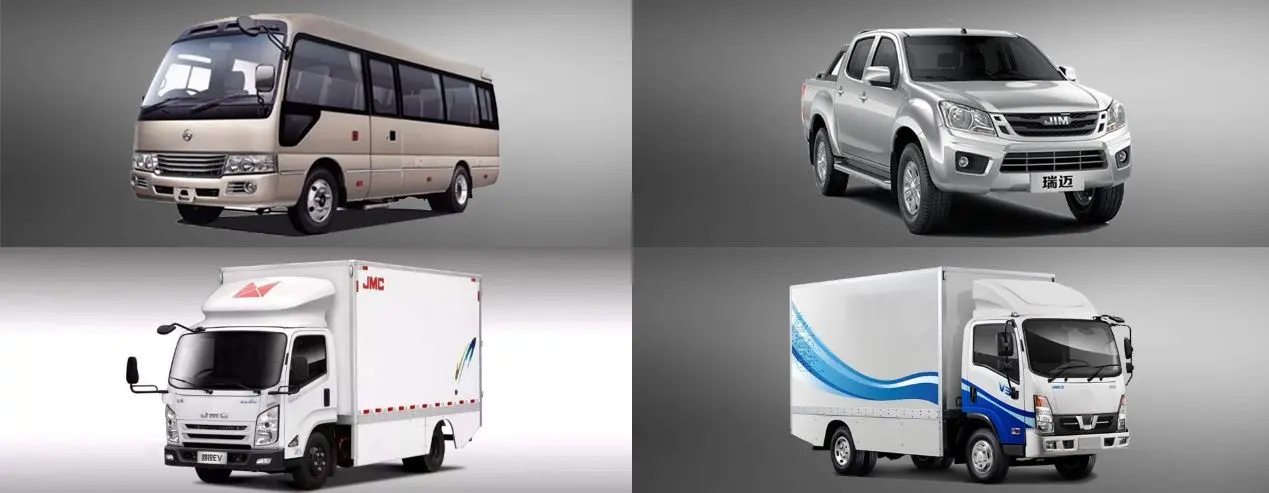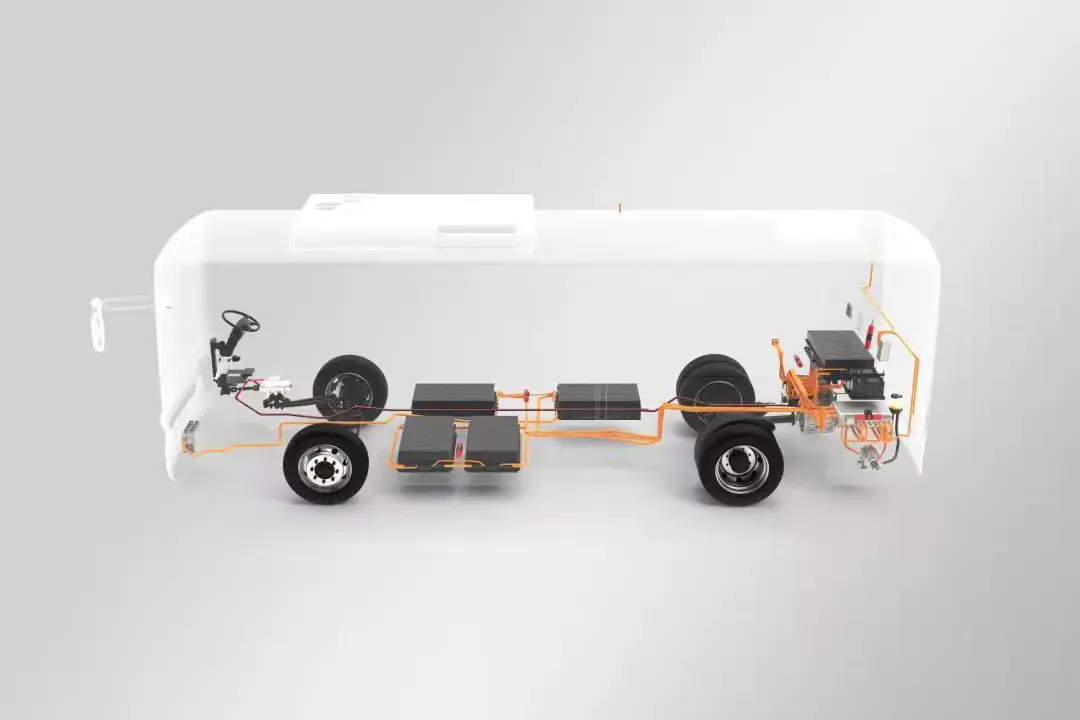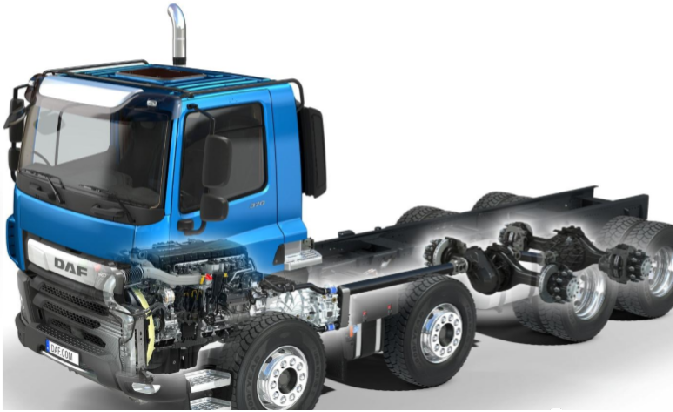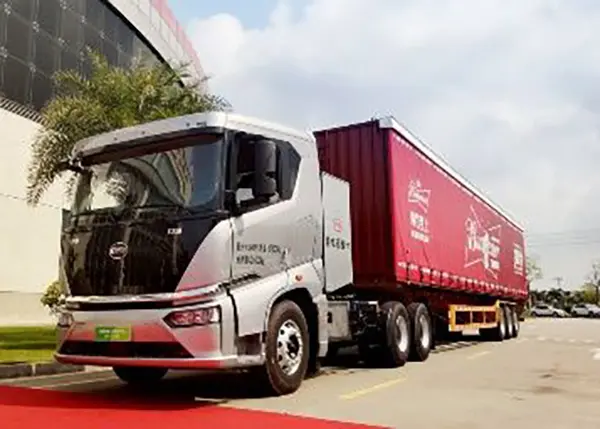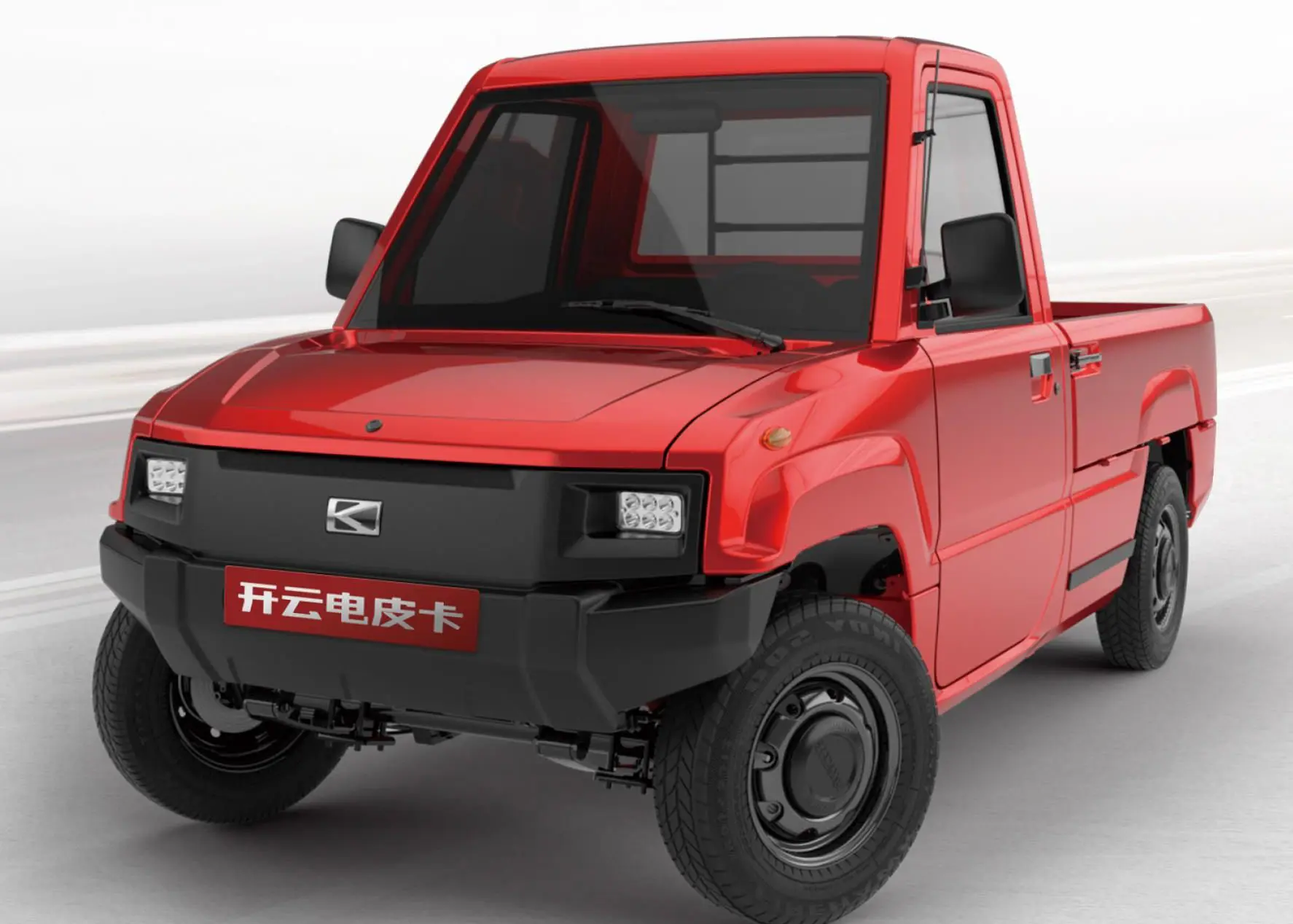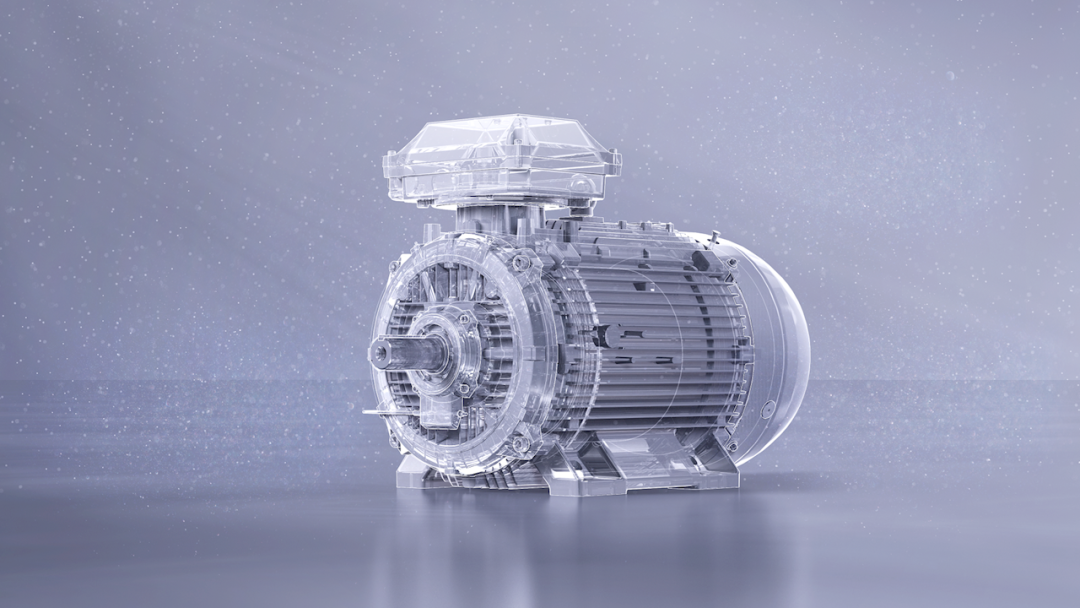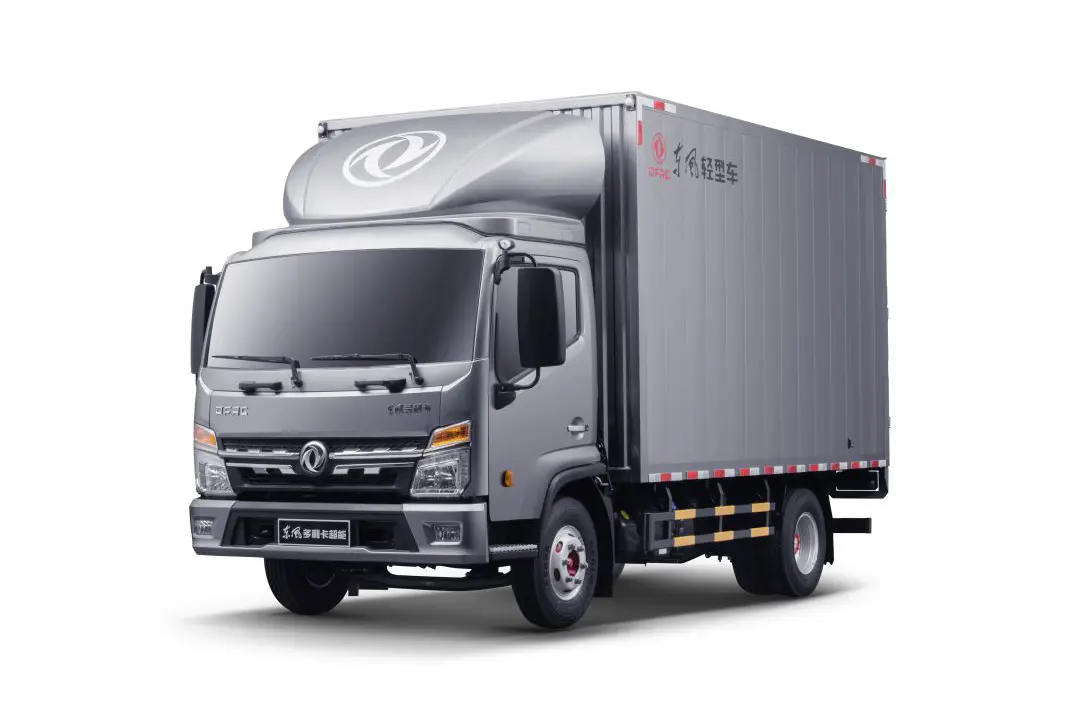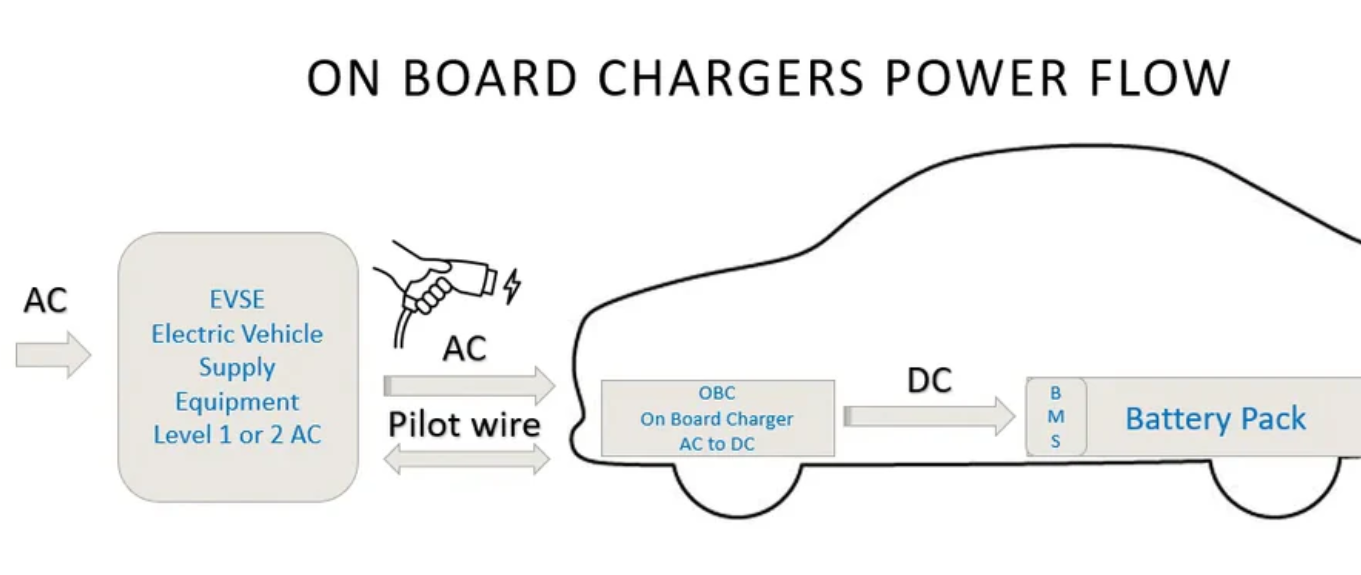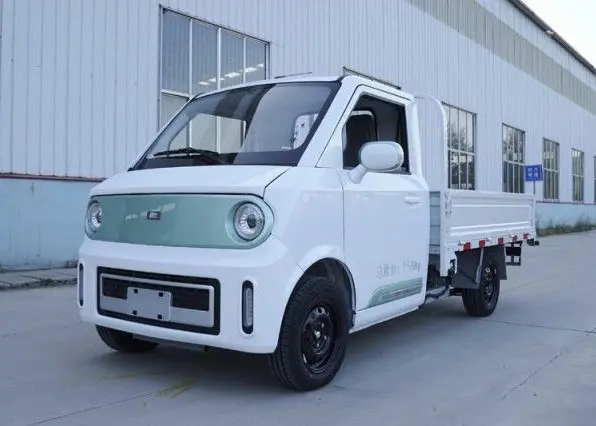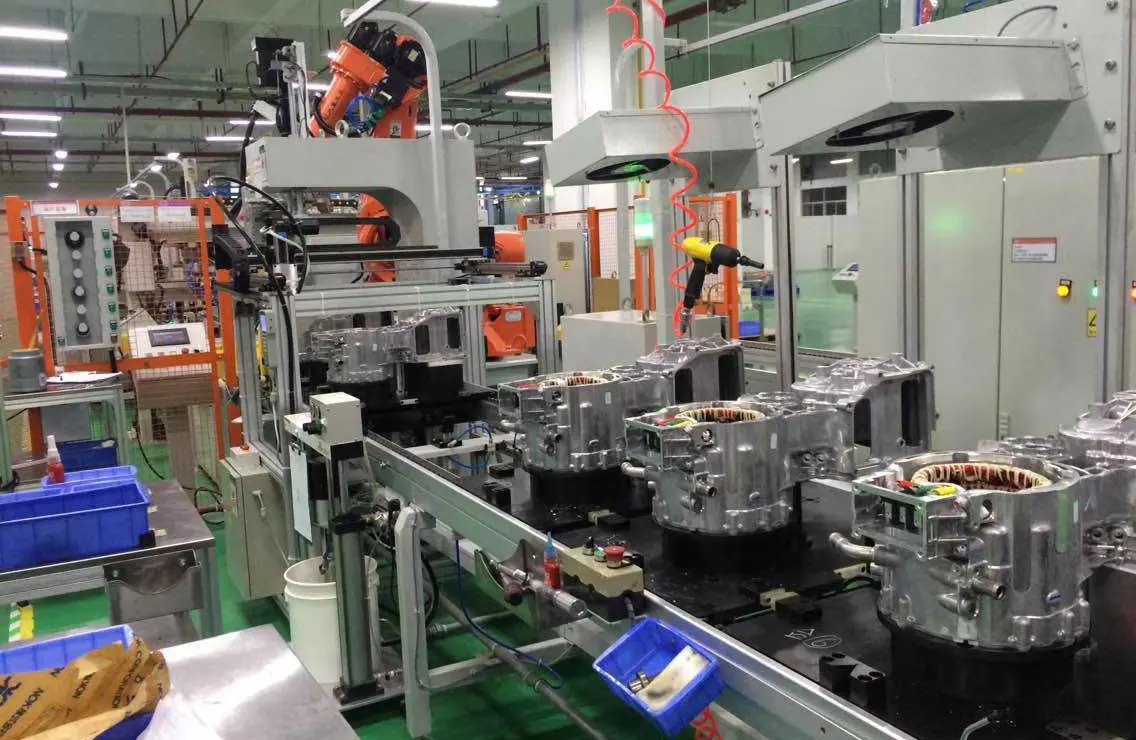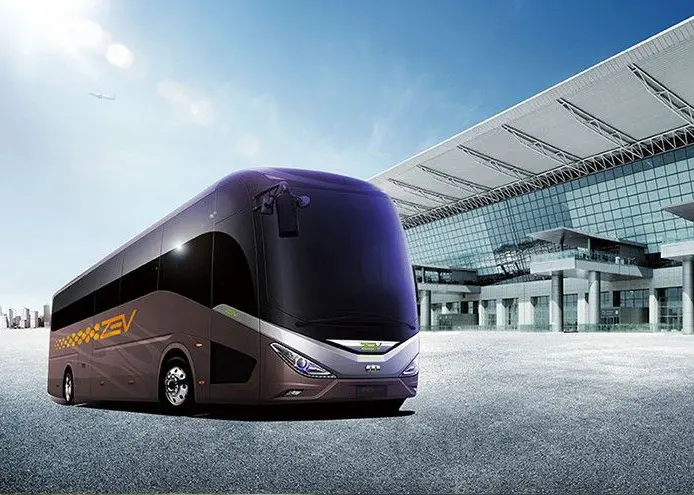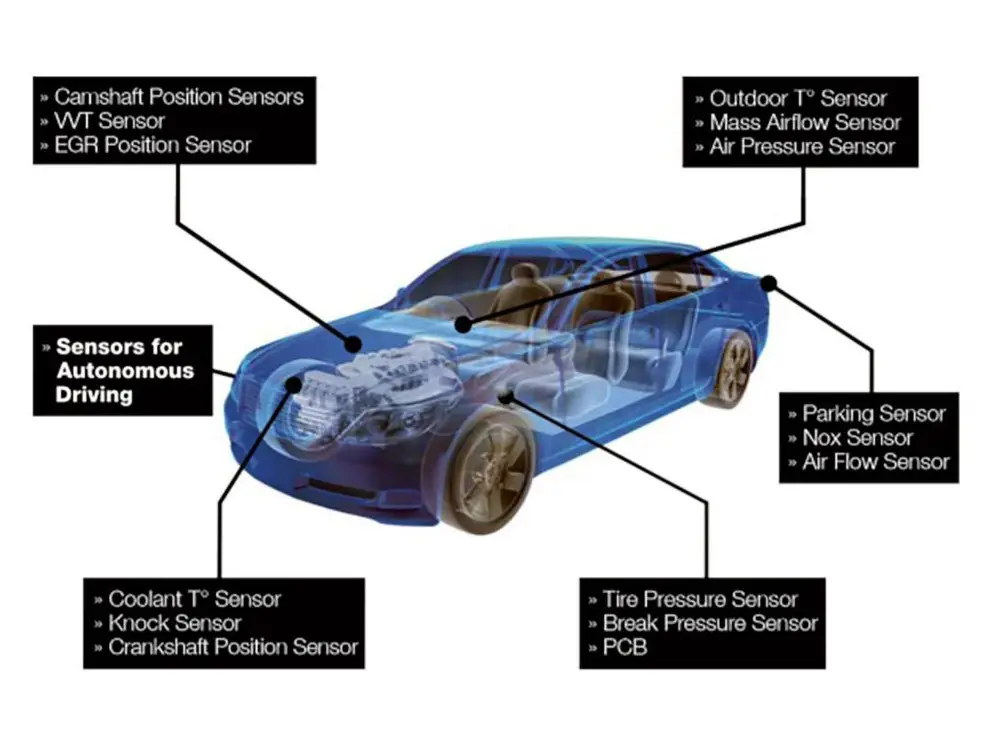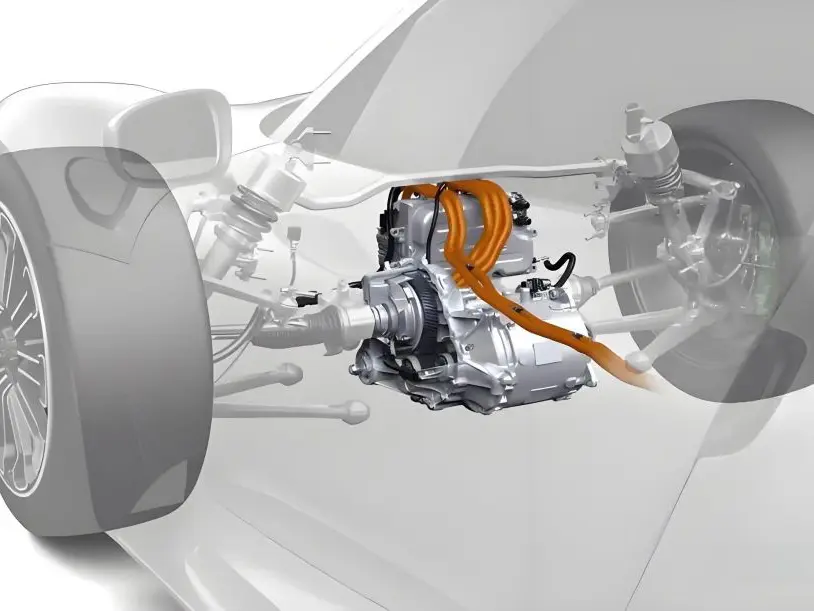Report Of Electric Vehicle Motor Market
Increasing Electric Vehicle Adoption is Propelling the Market Expansion
The electric vehicle (EV) motor market is rapidly evolving alongside the growing popularity of electric cars. As reported by the International Energy Agency, nearly 14 million new electric cars were registered in 2023 alone, pushing the global total to around 40 million. That same year, EV sales experienced a 35% year-over-year increase from 2022, reaching 3.5 million units. This surge reflects a shift in consumer transportation preferences toward environmentally conscious choices, fueling demand for zero-emission vehicles.
Government incentives, including tax credits, rebates, and various financial benefits, have made EV ownership more affordable, further driving market growth. At the same time, leading automotive manufacturers are expanding their electric offerings, catering to diverse customer needs—from small city cars to luxury SUVs. These advancements have improved not only the accessibility of EVs but also their performance, range, and cost-effectiveness, encouraging broader adoption.
The combined influence of rising consumer interest, supportive government policies, and innovation from automakers is creating a solid foundation for the continued expansion of the EV motor market. Technological progress in vehicle electrification—particularly in areas such as e-axles, integrated motor systems, and advanced power electronics—is playing a pivotal role. These technologies simplify EV architecture, boost efficiency, and reduce design complexity. Additionally, the market is being driven by the need for higher power density and lightweight motor designs, which enhance performance while preserving compactness and energy efficiency. Lighter motors contribute to better range and quicker acceleration, while high-power density motors allow for more powerful outputs in smaller forms. These trends align with the global push for sustainable mobility and the demand for high-performing, energy-efficient electric vehicles, making motor innovation a key factor in the sector's rapid growth.
 Matching vehicle type tractor2.png)
Technological Advancements Accelerate the Overall Market Growth
Progress in motor technology presents a major growth opportunity for the electric vehicle (EV) sector. Recent advancements in high-efficiency electric motors, including permanent magnet synchronous motors and induction motors, are enhancing both energy efficiency and overall vehicle performance. Efforts to reduce motor weight and size contribute to better energy use and extended driving range, aligning with consumer expectations. Improvements in cooling systems and durability are also extending motor lifespan, lowering maintenance needs, and boosting reliability. These innovations enable manufacturers to produce EVs that deliver stronger performance, reduced operating costs, and increased appeal among environmentally conscious buyers. As a result, the adoption of advanced motor technologies plays a crucial role in meeting the rising demand for sustainable and efficient transportation.
The EV motor market also holds significant commercial and industrial potential. With urban areas and private enterprises shifting toward cleaner transportation for both public and logistics use, the demand is being driven by environmental regulations, fuel cost savings, and a broader transition to sustainable mobility. Additionally, the electrification of off-highway vehicles—such as those used in agriculture, mining, and construction—is gaining traction. In these sectors, electric motors help reduce emissions, cut operating expenses, and improve performance under tough conditions. As more industries embrace electrification, the need for robust, high-performance EV motors is expected to rise, presenting major opportunities for manufacturers to innovate and diversify their product lines.
Recent Trends in the Electric Vehicle Motor Industry
- Growing use of permanent magnet synchronous motors (PMSMs) in electric vehicles
- Increasing emphasis on lightweight materials in the production of EV motors
- Advancements in thermal management technologies to enhance motor efficiency and lifespan
- Integration of silicon carbide (SiC) semiconductors in EV motor drive systems
- Development of high-speed motors to achieve better power-to-weight efficiency
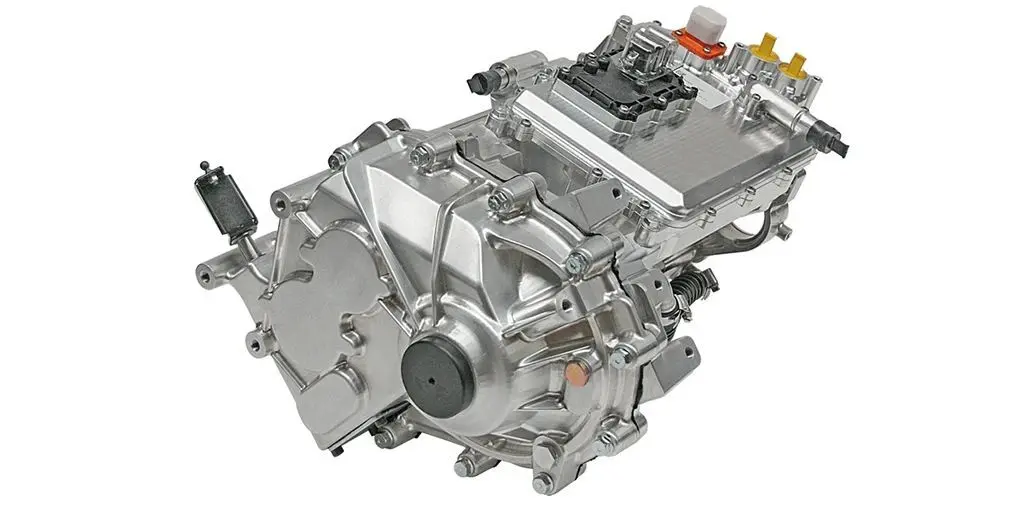
High Costs and Technical Limitations Restrain the Market Progress
The high cost of electric vehicle (EV) motors remains a major obstacle to broader market adoption. Advanced motor technologies, such as permanent magnet synchronous motors, are especially expensive due to their reliance on rare earth materials and complex manufacturing techniques. These elevated production costs significantly raise the overall price of EVs, making them less accessible—especially in cost-sensitive regions. As a result, many consumers may continue to favor traditional internal combustion engine vehicles, which are generally more affordable. Unless technological advancements or increased production scale bring down the price of EV motors, affordability will continue to hinder mass adoption of electric vehicles.
Another critical challenge facing the EV market is motor overheating and durability. When subjected to high-demand conditions—such as quick acceleration or long-distance travel—motors can overheat, potentially leading to reduced performance or even lasting damage. This negatively impacts the vehicle's efficiency and reliability and can result in costly repairs or early system failure. To address these concerns, manufacturers must invest in advanced thermal management systems, robust materials, and improved motor designs. However, these enhancements also raise production costs and design complexity. Consequently, consumer concerns about reliability and longevity may limit confidence in EVs, posing a potential barrier to long-term market growth.
New Product Innovations Provide Traction to the Market Development
Companies in the electric vehicle (EV) industry are actively developing new products to align with evolving market demands. By investing in research and development, and leveraging innovation, strategic partnerships, and acquisitions, they aim to strengthen their competitive edge.
In August 2024, GAC launched the Quark Electric Drive 2.0 under its Hyptec brand, touted as the world’s fastest EV motor with a peak speed of 30,000 rpm. It delivers an impressive power density of 13 kW/kg and achieves 98.5% efficiency. The motor uses a unique amorphous soft magnetic material—sometimes called “liquid metal”—which offers magnetic permeability 20 to 100 times higher than traditional silicon steel and is incredibly thin, about a quarter the thickness of an A4 paper. These characteristics contribute to its exceptional efficiency, approaching that of room-temperature superconductors, and position it as a technological leader in the market.
In May 2024, ABB introduced a new high-efficiency propulsion system for electric buses, which includes the AMXE250 motor and HES580 inverter. Designed to function in tandem, the system boosts energy efficiency and operational reliability. Notably, the HES580 is the first 3-level inverter used in electric buses, providing up to 12% lower motor losses during typical driving cycles compared to older 2-level models. The AMXE250 motor offers high torque density, contributing to smoother and more dynamic performance, while operating quietly to improve passenger comfort. This integrated solution extends the lifespan of vehicle components and supports cleaner urban transit through greater energy efficiency.
Meanwhile, in December 2023, Hyundai and Kia unveiled their innovative ‘Uni Wheel’—a Universal Wheel Drive System—at an event in Seoul. This forward-thinking design moves traditional drive elements, including reduction gears, to the space behind the wheel. This not only reduces part complexity and production costs, but also frees up internal space for added passenger comfort or larger battery capacity, thus extending range. The Uni Wheel’s modular design allows for enhanced flexibility and scalability, enabling Hyundai and Kia to advance their EV goals by streamlining vehicle architecture and increasing overall system efficiency.

Frequently Asked Questions
1. What are the key factors fueling the growth of the electric vehicle motor market?
The market for electric vehicle motors is expanding due to stricter environmental policies, rapid innovations in motor technology, and the increasing uptake of electric vehicles in multiple regions.
2. Which regions are anticipated to lead the electric vehicle motor market?
The Asia-Pacific, Europe, and North America regions are expected to take the lead, thanks to supportive government incentives, significant investment in EV infrastructure, and the strong presence of major automotive manufacturers.
3. What is the projected outlook for the electric vehicle motor market?
The outlook is highly promising, as continuous technological development, favorable government initiatives, and a growing awareness among consumers about sustainable transport are set to drive significant growth in the coming years.
Read More: China’s getting a big electric car battery swapping boost in 2025. Would that work across the globe?











